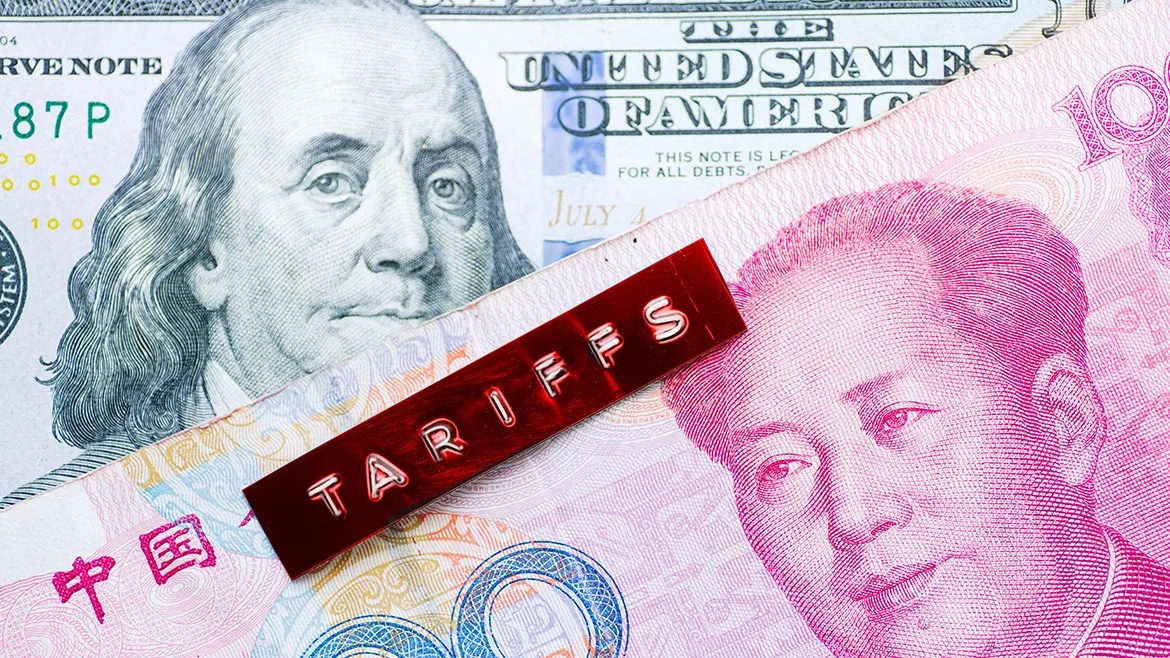90-Day Trade Truce: Relief Now, Risk Later

Credit: MarioGuti / iStock via Getty Images Plus
On May 12, 2025, the United States and China agreed to a significant de-escalation in their ongoing trade tensions. The United States reduced tariffs on Chinese imports from 145% to 30%, while China lowered its tariffs on U.S. goods from 125% to 10%. This 90-day truce aims to provide both nations with a window to negotiate more comprehensive trade terms. The agreement was formalized through a joint statement released by the White House, detailing the specific actions both countries committed to undertake during this period.
Industry Outlook Amid Tariff Developments
While the ACA and AMPP have not issued formal statements regarding the recent tariff reductions, industry stakeholders are closely monitoring the situation. The ACA has scheduled a member-exclusive webinar titled "Evolving Tariffs and Trade Policy During Trump's Second Term" for May 15, 2025, which is expected to address recent developments and provide guidance on navigating the evolving trade landscape.
In the absence of official statements, companies within the coatings and manufacturing sectors are advised to remain vigilant and proactive. This includes reassessing supply chain strategies, exploring alternative sourcing options and staying informed through industry associations and upcoming events.
Stock Market Response
Investors reacted positively to the announcement of the tariff truce. On May 12, the S&P 500 surged 2.6%, the Dow Jones Industrial Average jumped 1,161 points and the Nasdaq Composite rose 4%, entering a new bull market. However, analysts caution that this rally might be premature, as the underlying issues between the United States and China remain unresolved.
Supply Chain and Freight Considerations
The recent 90-day tariff truce between the United States and China has led to a significant resurgence in shipping activities. Ocean cargo bookings from China to the United States have surged nearly 300% as businesses rush to import goods before the potential reinstatement of higher tariffs.
E-commerce platforms like Temu have resumed direct shipments from China, adjusting their logistics and pricing strategies to accommodate the new tariff rates. However, the increased demand has caused freight costs to rise, with logistics firms implementing surcharges and experiencing heightened demand.
Experts caution that this surge may be temporary, driven by companies expediting shipments to capitalize on the reduced tariffs before the truce potentially expires on August 10.
Strategic Planning for the Future
Industry analysts recommend that companies use this 90-day window to:
- Diversify Supply Chains: Explore alternative sourcing options beyond China to mitigate future risks.
- Engage with Industry Associations: Collaborate with organizations like the ACA and AMPP to stay informed and advocate for favorable trade policies.
- Monitor Policy Developments: Keep abreast of ongoing negotiations between the United States and China to anticipate potential changes in trade dynamics.
Looking Ahead
While the current agreement offers a reprieve, the long-term outlook remains uncertain. The coatings and manufacturing industries must remain proactive, leveraging this period to strengthen their operations against future trade disruptions.
Looking for a reprint of this article?
From high-res PDFs to custom plaques, order your copy today!





